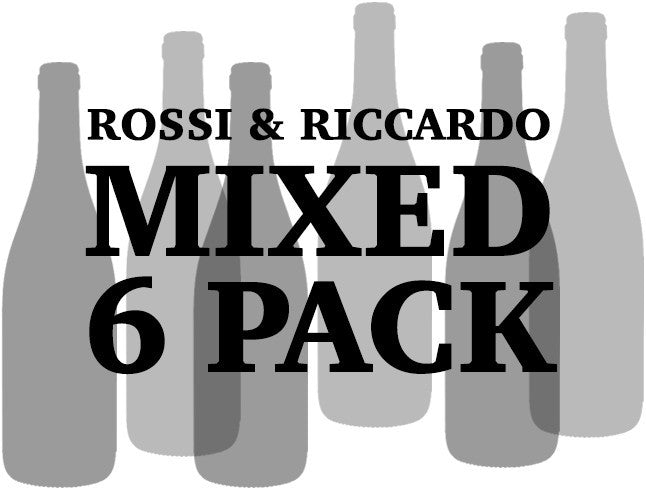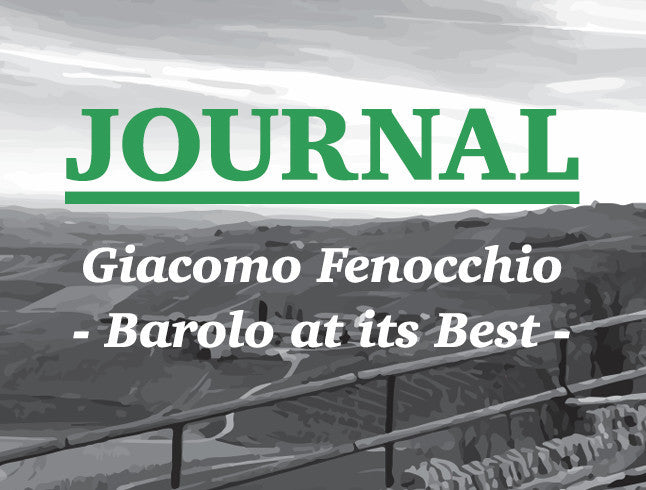Bivo Italian Wine Rating
External Critical Sources
Perhaps more so than anywhere else, wine in Italy is so interlaced with the nuanced differences of regional culture and cuisine that the cold light of an analytical tasting, the removal of context, leaves you with less than half the story. While critical assessments of any wine are laced with subjectivity, and, a different palate, a different moment, or a different plate of food can turn the apparently ordinary into the sublime, and render that exalted five star wine a shadow of its reputation. However, with this in mind, we have included ratings by prominent reviewers of Italian wine. These guides and reviewers were chosen based on their commitment to, and immersion in, Italy and its wines. While we don’t regard these views as definitive, the references are a useful tool, and, for those familiar with the publications and their scribes, any subjective trends (e.g. a preference for tradition over innovation) will be evident. For those less familiar with the chosen sources, please note that we have selected reviewers that we believe are both consistent, and offer considered, sober scores. And, while we include their numerical or symbolic scores as a reference, detailed tasting notes and assessments are available on their websites and in their guides – unless otherwise indicated, all the tasting notes on this site are composed by the team at Rossi & Riccardo (R&R).
The wines that Rossi & Riccardo offer, regardless of points or symbolic awards, have been selected based upon careful and considered tasting of the wines both in situ and back in Australia. Although we wish to represent all our producers as fully as possible, if a particular wine in a particular vintage doesn’t meet our standards, it will not be imported, and we will revisit the label in the following vintage. We have full confidence that the wines that we offer reflect their origins and the best efforts of the respective producers.
Founded by Stefano Bonilli in 1987, Gambero Rosso’s Vini d’Italia quickly became Italy’s most influential wine guide, and although the new owners of the guide severed ties with Bonilli in 2008, and, as a consequence, the collaboration with the Slow Food movement, it is still Italy’s most widely recognised critical resource. Ratings are from one glass (un bicchiere) to three glasses (tre bicchieri), with the designation of two red glasses to indicate that the wine was considered for three glasses in the final tasting, and three red glasses to indicate the wines are “excellent wines in their respective categories”.
Le Guide de L’Espresso I Vini d’Italia
L’Espresso’s guide is one of Italy’s most influential, and is firmly aimed at the cognoscenti. It occupies a similar critical space to that of I Vini di Veronelli, and while having less commercial appeal than say, Gambero Rosso, it is highly regarded for its apparent objectivity and technical approach. Wines are rated out of 20, with a representation of one to five bottles awarded depending on the score: one bottle for 13.5 to 14; two for 14.5 to 15; three for 15.5 to 16; four for 16.5 to 17.5; and five for 18 to 20.
Gigi Brozzoni and Daniel Thomases have published 26 editions of their Guida Oro up to, and including, the 2014 guide. The guide forms part of the legacy of the legendary and inimitable gastronome, writer, intellectual and champion of Italian culture, Luigi Veronelli. Although the Guida Oro has a large legend of symbols, the ones that are of most relevance to us are, from one star (un stella) to three stars (tre stelle) for good, very good and excellent wines, with a Super Three Star (le Super Tre Stelle) awarded for wines above 92 points. The symbol of the sun (Il Solle) is reserved for wines that have “made the strongest impression, stimulated the most powerful emotions, or given the most pleasure over the course of the year, independently of the score they might have received”.
Bibenda is the official guide of the Italian Sommelier Association (Associazione Italiana Sommelier or AIS) and is the biggest selling wine (and restaurant) reference in Italy. Unlike Gambero Rosso, which has built a strong international following with its translated guides, it was not until the 2012 English language guide that Bibenda pursued a broader market. Bibenda rates wines based on the 100-point scale, which is then classified by the symbol of a grape bunch (grappoli) in iterations of two, at the minimum, and up to five, representing average through to outstanding.
Antonio Galloni is probably best known for his work with Robert Parker’s The Wine Advocate as lead wine critic, covering Italy, California, Burgundy and Champagne. Parker engaged Galloni’s services in 2006 on the strength of his highly regarded and very successful, Piedmont Report. In 2013 Galloni left TWA to found his own web-based resource, Vinous. In a short period of time, Vinous has become a dynamic and respected resource and arguably the leader in multi-media wine reportage. Antonio’s scores are based on the 100-point scale; any ratings given a range (e.g. 93-95) indicate a preliminary assessment of an unfinished wine.


